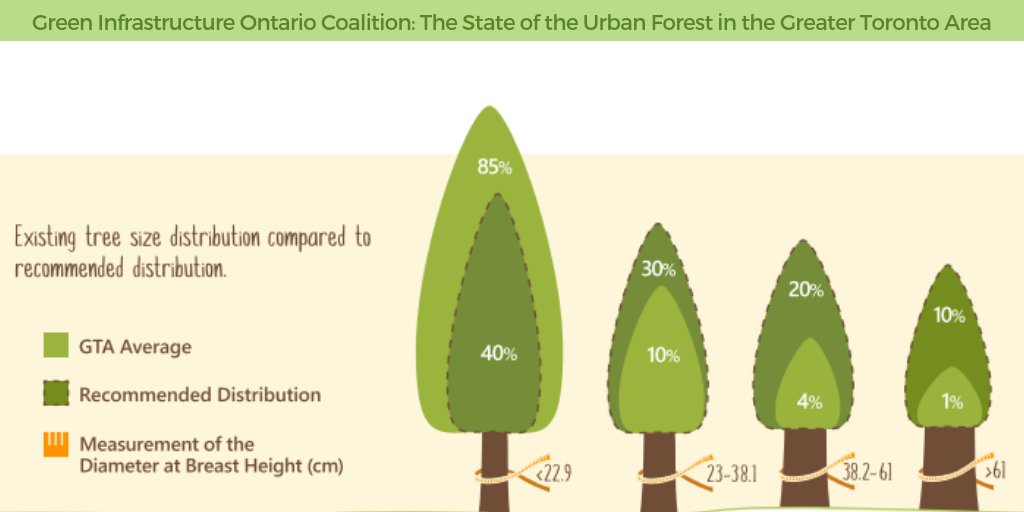Tree Elimination Aftercare: Ideal Practices For Landscape Recovery
Tree Elimination Aftercare: Ideal Practices For Landscape Recovery
Blog Article
Authored By-Nunez Cochrane
After a tree's removal, your landscape might look quite different, and it's essential to assess the aftermath very carefully. You'll wish to assess the soil disturbance and inspect surrounding plants for any kind of indications of anxiety. Disregarding these aspects can cause larger issues down the line. So, what should you finish with those stumps and origins? And exactly how do you choose the most effective plants for your revitalized room? Let's discover these vital steps.
Assessing the Consequences: Assessing Your Landscape
After a tree removal, it's important to examine your landscape to understand the effect it has on your yard.
Beginning by checking out the location where the tree stood. Seek indications of soil disturbance, and inspect the surrounding plants for any type of anxiety or damage.
You need to likewise bear in mind of just how the removal has transformed sunlight exposure and air movement in your garden. This shift can affect the growth of neighboring plants, so it's important to evaluate their health.
Consider the aesthetic aspects too; the removal might create an open space that you can revamp.
Lastly, consider any potential disintegration problems that could emerge from the tree's lack. Dealing with these elements early will aid bring back equilibrium to your landscape.
Managing Stumps and Origins: Options for Elimination
As soon as you've examined the consequences of the tree removal, you'll likely require to deal with the stump and roots left.
You have a couple of choices for removal. One efficient technique is stump grinding, where a specialist uses a maker to grind the stump down to underground level. https://can-tree-roots-damage-hou73940.mdkblog.com/41157156/the-gains-from-pruning-trees-enhancing-visual-top-quality-and-tree-wellness leaves marginal disturbance to your landscape.
If you favor a DIY method, you can make use of a combination of digging and chemical stump removers. Simply keep in mind, this process can require time and effort.
Conversely, consider leaving How To Remove A Beehive From A Tree Branch as an all-natural attribute, which can work as an unique garden aspect or environment for wild animals.
Whatever you pick, resolving the stump and origins is necessary for recovering your landscape.
Choosing the Right Plant Kingdoms for Your New Room
As you analyze your newly gotten rid of space, picking the right plants can dramatically boost your landscape's beauty and functionality.
Begin by considering the sunlight and dirt conditions. For sunny areas, opt for drought-resistant plants like lavender or succulents. In shaded places, ferns and hostas grow well.
Think about the dimension and development routines of your plants; mix perennials and annuals for seasonal selection. Do not fail to remember to integrate native species; they call for much less maintenance and support neighborhood wild animals.
Team plants in strange numbers for a more natural look and produce layers for visual deepness.
Lastly, guarantee you have a mix of shades and structures to keep your landscape vibrant throughout the periods.
Delighted planting!
Final thought
Finally, restoring your landscape after tree elimination is a fulfilling procedure. By assessing your input here , dealing with stumps and roots, and selecting the right plants, you'll create a thriving setting. Don't neglect to incorporate erosion control steps to protect your dirt. With a little initiative and care, you can change your room into a vivid garden that enhances your building. Accept the opportunity to invigorate your landscape and appreciate the charm of nature right in your yard!
